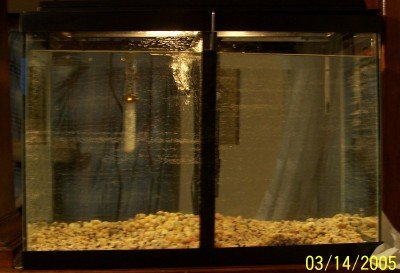Hello,
I planning on getting some betta (2-3) from Faith on Betta Talk( these are going to be expensive fish, I might spend up to $50 of each fish, thus I don't want any of them to die). I have a 20H gallon divided tank ( and I have no other established tank) I'm planning on putting them in. I have just about everything I need except I haven't cycled. I had planned on doing a fishless cycle with pure ammonia. I've been all over the net and everthing about fishless cycling is contradicting. On thing says use plants to speed up the process another says plants will only slow it down. One says put some ammonia in a wait a week then add more another says add it every day , and so on and so forth. Can anyone explain the process to me very clearly? But do I even have to cycle? Two betta in a 20 gallon doesn't seem like they'd make much waste and I've been told I might not have to. The breeder I'm getting them from says she has never cycled a tank and never had a problem. What should I do? I'm so confused.
Thanks in advance.
I planning on getting some betta (2-3) from Faith on Betta Talk( these are going to be expensive fish, I might spend up to $50 of each fish, thus I don't want any of them to die). I have a 20H gallon divided tank ( and I have no other established tank) I'm planning on putting them in. I have just about everything I need except I haven't cycled. I had planned on doing a fishless cycle with pure ammonia. I've been all over the net and everthing about fishless cycling is contradicting. On thing says use plants to speed up the process another says plants will only slow it down. One says put some ammonia in a wait a week then add more another says add it every day , and so on and so forth. Can anyone explain the process to me very clearly? But do I even have to cycle? Two betta in a 20 gallon doesn't seem like they'd make much waste and I've been told I might not have to. The breeder I'm getting them from says she has never cycled a tank and never had a problem. What should I do? I'm so confused.
Thanks in advance.

